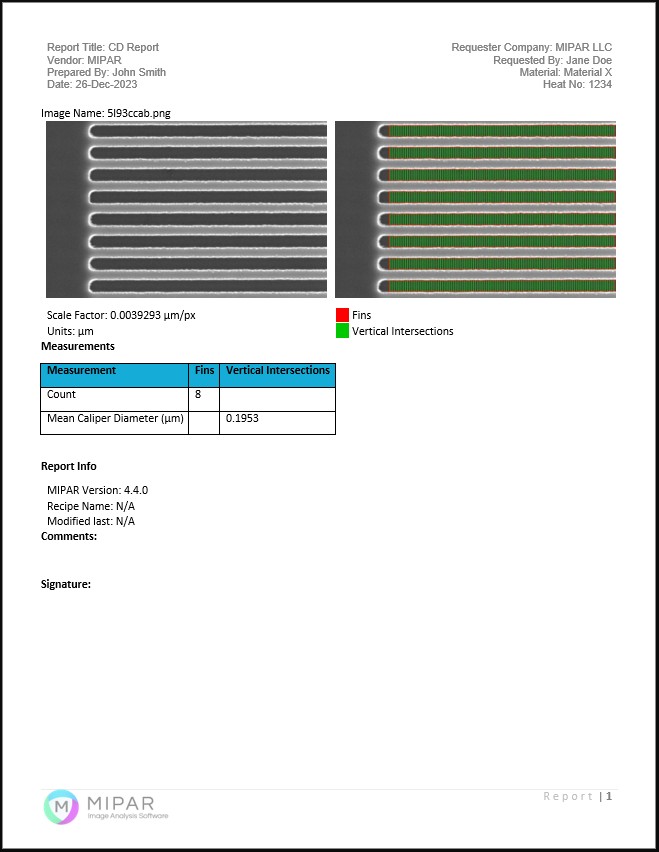|
|
|
Automation Focused
|
Resources
|
Check Out Our Products
MIPAR Base: our core product to analyze images from almost any source. Extensions enable Deep Learning models, Word reports and 3D data analysis. MIPAR Base Page >> |
Microscope Software: capture, analyze and report all in a single workflow with MIPAR Live. Check to see if your camera is supported. MIPAR Live Page >> |
Compliance Software: analyze, report, and approve in a 21 CFR Part 11 or GMP Annex 11 compliant environment with traceability. MIPAR Checkpoint Page >> |
MIPAR APIs: tools to help integrate MIPAR detection and measurement solutions into other software applications and workflows. APIs Page >> |
CallGive us a call
Mon-Fri 9am-6pm EST +1-614-407-4510
|
MessageTell us how we can help!
|
ChatChat with us
Mon-Fri 9am-6pm EST |



